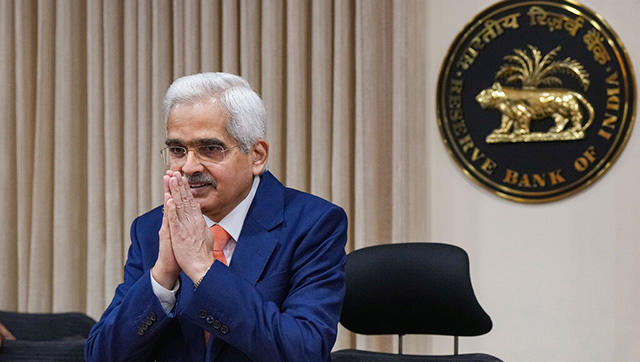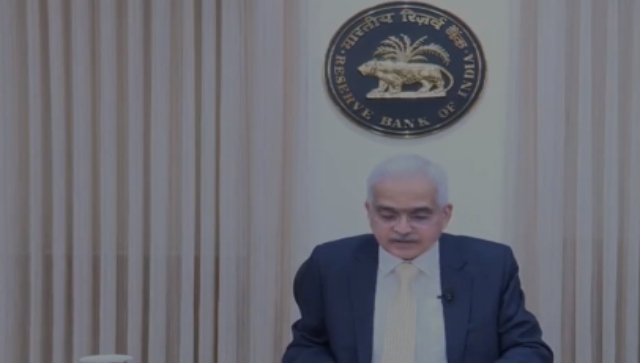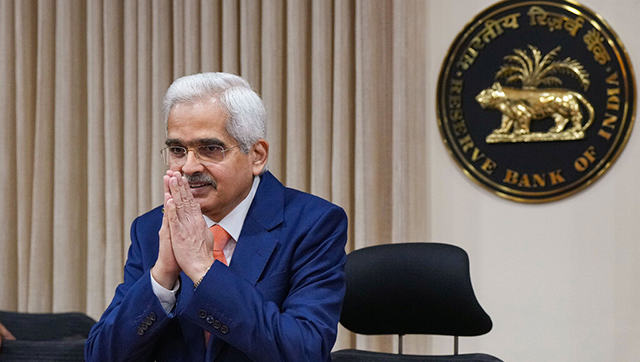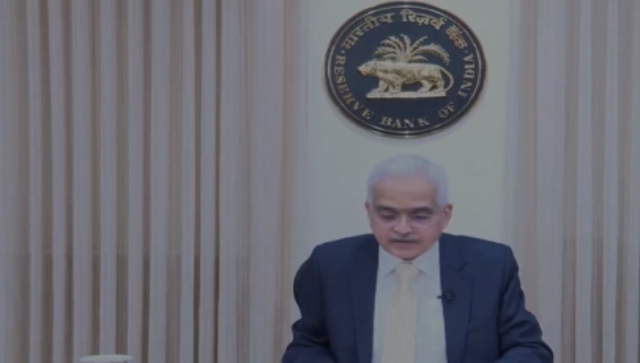The highlight of the Reserve Bank of India’s (RBI) bi-monthly monetary policy on Tuesday is not the 25 basis point rate cut but the elimination of the only excuse left for banks for not lowering lending rates – shortage of liquidity. Raghuram Rajan, the God of the Mint Street, has sort of given an ultimatum to banks to pass on the lower cost of funds to the end consumers. Banks aren’t left with any option but to act now.
The God has given to banks all that they prayed for — from rate cuts (the policy rate is now at a 5-year low) to prodding the government to reduce small savings rates to devising a methodology for slashing lending rates faster and more effectively.
On, Tuesday, Rajan spelled out measures to make more cash available in the banking system. These include reduction in the daily cash reserve ratio (CRR) maintenance and assuring sufficient liquidity to banks whenever needed.
The rate corridor now stands reduced to 75 bps from 100 bps with a 75 bps reduction in MSF rate and 25 bps increase in the reverse repo rate. The RBI also announced a Rs 15,000 crore infusion of funds into the banking system through Open Market Operation (OMO).
Rajan has made it clear that the RBI no longer intents to keep the banking system in 1 percent liquidity deficit mode. Instead, it wants to progressively lower the average ex ante liquidity deficit in the system from 1 percent of NDTL to a position closer to neutrality.
This is a major enabler for banks to lower deposit rates since banks have been constantly complaining about liquidity shortage as a barrier to cut rates, which can later translate into cut in lending rates. More importantly, this is happening at a time when the MCLR regime has commenced. All seen together, this is a big enabler for lending rates to come down.
Now, it’s time for banks to act. Until now, the central bank has cut its key lending rate, repo rate, by a cumulative 150 basis points since it began the rate easing cycle in January 2015. But, banks have cut their base rates or minimum lending rates by up to a maximum 60-70 bps.
“Perhaps, more important at this juncture is to ensure that current and past policy rate cuts transmit to lending rates,” Rajan said in the monetary policy document.
Both the RBI and the government have been systemically addressing all the factors that has prevented banks from lowering their lending rates in the banking system. The foremost part was the lowering the small savings rate.
As Firstpost wrote in an earlier article , a major reason banks have been hesitant to slash lending rates so far was the high deposit rates in the banking system.
Without deposit rates coming down, banks cannot cut their lending rates since it will hit their margins. But, deposit rates couldn’t be lowered on account of the comparatively higher returns on small savings schemes and post office deposits.
With small savings rate coming down now, stage is set for drop in bank lending rates as well. Similarly, since banks are required to set their lending rates based on their marginal cost of funds since April, when short–term deposit rates fall, banks’ lending rates too will be lowered faster.
This ensures that banks immediately pass on the lower borrowing costs to the borrower. “The introduction of the marginal cost of funds based lending rate (MCLR) should improve transmission and magnify the effects of the current policy rate cut,” Rajan said in the policy.
The larger picture here is that by closing all gaps that has been preventing monetary transmission in the banking system, Rajan has reinstated the ability of the monetary policy in ensuring monetary transmission, which the central bank has lost for long.
When banks refused to follow the policy cues, RBI monetary policies have begun to sound alien to the general public since the interest burden on their auto, home loan rates hardly translated to their benefit in the form of lower interest rate burden in a meaningful manner, no matter what RBI does. That scenario will change now.
Rajan has effectively reinstated the credibility of the RBI monetary policy in the eyes of public. Now, it’s banks’ job to do their part.


)




)
)
)
)
)
)
)
)